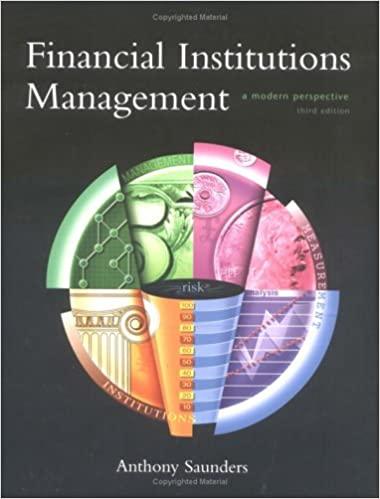Answered step by step
Verified Expert Solution
Question
1 Approved Answer
Exercise: Evaluating Mutual Fund Performance Against the Market Index Using the dataset containing monthly excess returns for a mutual fund and a market index over
Exercise:
Evaluating Mutual Fund Performance Against the Market Index
Using the dataset containing monthly excess returns for a mutual fund and a market index over a period of years, conduct a thorough econometric analysis to evaluate the mutual fund's performance relative to the market.
Dataset Description:
MarketExcessReturns: Monthly excess returns of the market index over the riskfree rate.
MutualFundExcessReturns: Monthly excess returns of the mutual fund over the riskfree rate.
Perform a linear regression with the mutual fund's excess returns as the dependent variable and the market's excess returns as the independent variable.
Formulate the model as where denotes the error term residual term
Report the estimated parameters and and their standard errors.
Test the null hypothesis : against the alternative hypothesis : which evaluates if the mutual fund's performance matches the market performance.
Test the null hypothesis : against the alternative hypothesis : to determine if the mutual fund earns a significant alpha.
Use a significance level for the hypothesis tests.
Calculate the confidence intervals for both a and
Provide an interpretation of the regression results, hypothesis tests, and confidence intervals.
Conclude on the mutual fund's performance relative to the market based on your findings.
represents the return of the mutual fund. It's the percentage gain or loss on the mutual fund over a specific period, often compared to a benchmark or the broader market to assess performance.
stands for the riskfree rate of return. This is theoretically the return an investor would expect from an absolutely riskfree investment over a specific period. In practice, the yields on government bonds such as US Treasury bills for investments in the United States are often used as a proxy for the riskfree rate because these are considered free of credit risk.
denotes the return of the market. This is usually represented by the return on a market index that comprises a basket of investments and is used as a benchmark to gauge the overall market performance. Common examples include the S&P Index in the United States, which reflects the performance of large companies listed on stock exchanges in the United States.
These terms are fundamental in evaluating and comparing the performance of investment portfolios, especially when using models like the Capital Asset Pricing Model CAPM or conducting regression analyses to understand the relationship between a mutual fund's returns and market returns, adjusting for the riskfree rate.

Step by Step Solution
There are 3 Steps involved in it
Step: 1

Get Instant Access to Expert-Tailored Solutions
See step-by-step solutions with expert insights and AI powered tools for academic success
Step: 2

Step: 3

Ace Your Homework with AI
Get the answers you need in no time with our AI-driven, step-by-step assistance
Get Started


